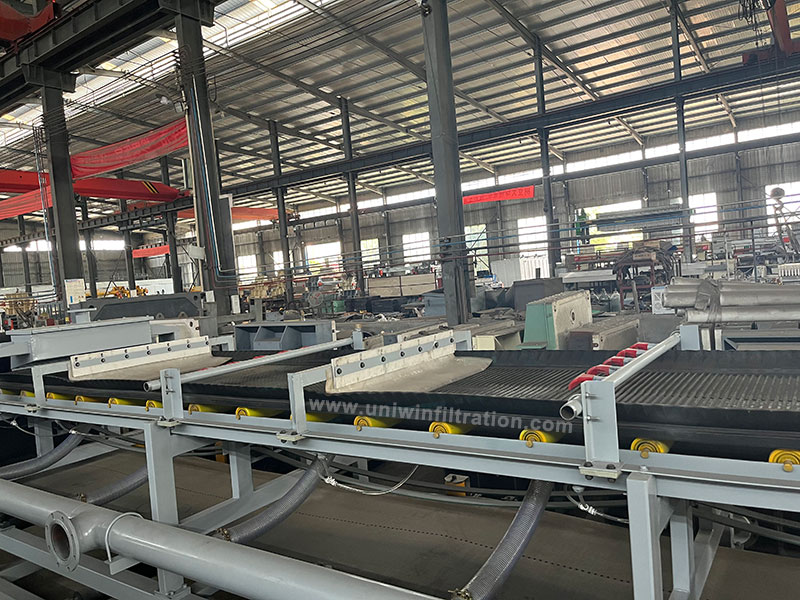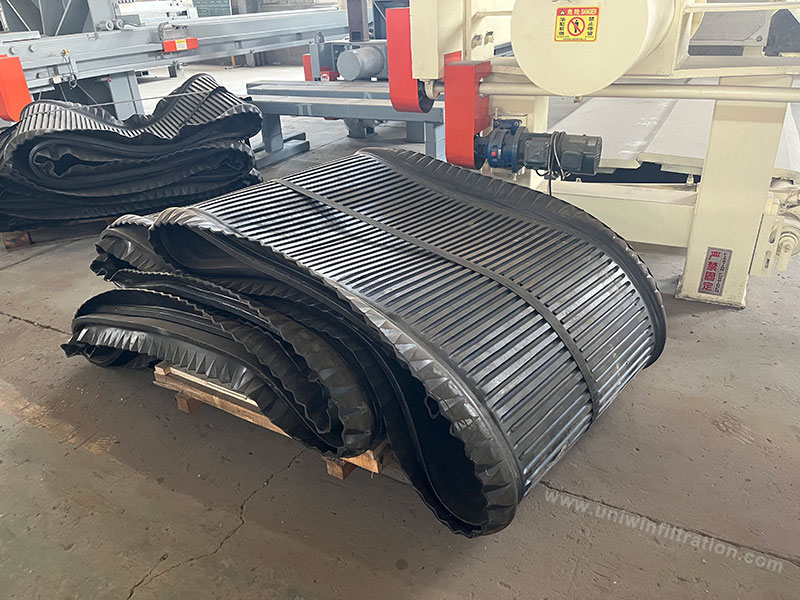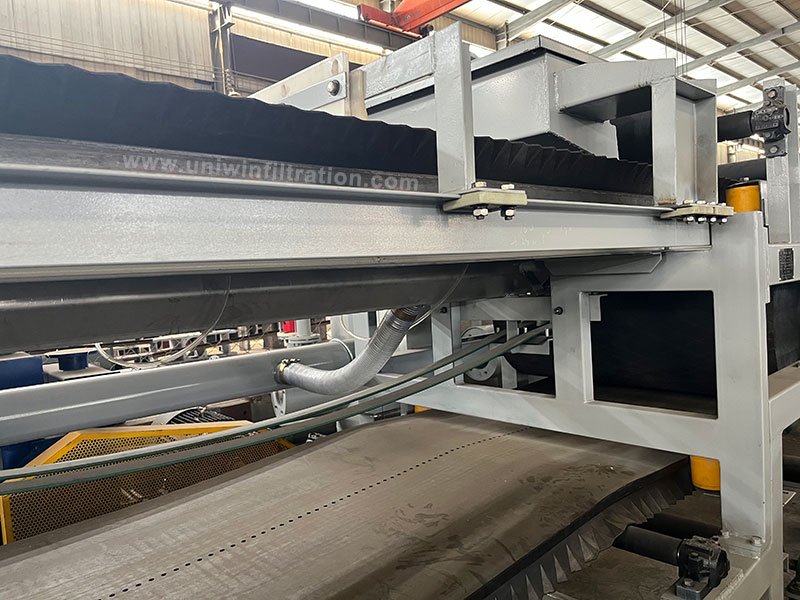Daily Use Precautions for Belt Filters
During daily use of belt filters, to ensure stable operation, extend service life, and ensure effective treatment, it’s important to pay attention to the following aspects.
Pre-Startup Inspection
Check the filter belt tension
Maintain proper belt tension. Too loose may cause belt deviation, while too tight may accelerate belt wear or damage bearings.
Confirm lubrication is in place
All rotating parts (such as bearings and rollers) must be regularly oiled or lubricated to prevent overheating and seizure caused by dry grinding.
Clean out debris and accumulated water
Check the equipment for residual filter cake, accumulated water, or other debris to prevent operational issues.
Check the conveying system and pipe connections
Ensure that the mud, water, and chemical inlet systems are securely connected and free of leaks or blockages.

Precautions During Operation
Pre-wetting the filter belt before operation
Pre-wetting the filter belt with clean water before startup helps improve filter cake formation and reduce initial cake sticking.
Controlling influent mud concentration
It is recommended to maintain an appropriate solids content within the influent sludge. A low solids content can affect dewatering efficiency, while a high solids content can easily lead to belt blockage or equipment overload.
Adjust the dosage and agitation intensity
Precisely dose the flocculant and monitor floc formation to ensure adequate sludge-water separation and improve filter press efficiency.
Automatic belt deviation monitoring system
The deviation device must be in normal working order and monitor the filter belt’s trajectory at all times to prevent damage.
Rinse the filter belt regularly
The high-pressure water flushing system must operate continuously and effectively, and the filter belt must be kept clean; otherwise, the dehydration effect will be affected.

Shutdown and Routine Maintenance
Shutdown procedure
When shutting down, first stop the sludge intake, then continue operating the equipment for 5-10 minutes to drain any remaining sludge, then shut down and flush.
Flushing the equipment interior
Thoroughly flush the filter belt, drum, and sludge contact areas with clean water to prevent clogging or corrosion caused by dried sludge.
Regularly inspect wearing parts
Including the filter belt, scraper blades, rollers, and bearings. Any abnormalities should be promptly replaced or repaired.
Record operational data
Including processing volume, sludge cake moisture content, chemical dosage, motor load, etc., for future operational optimization and troubleshooting.

Common Faults and Solutions
- Filter belt deviation: Caused by uneven belt tension or guide pulley failure. Adjust the tensioner and inspect the deviation control system.
- High filter cake moisture content: Insufficient flocculant or too fine mud. Optimize dosing and adjust the influent mud concentration appropriately.
- Filter belt slippage: Overwet or slipping belt. Increase tension and replace aging belts.
- Frequent belt breakage: Debris scraping the belt or excessive belt tension. Increase flushing and properly tension the belt.

